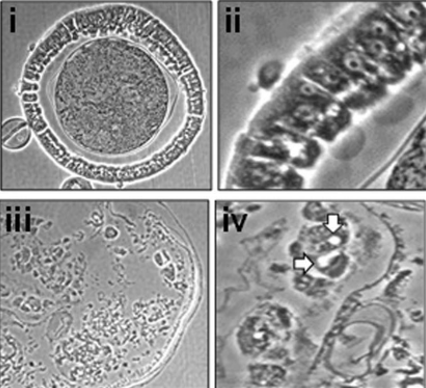Highly Effective Broad Spectrum Mosquito Larvacide
Background
Mosquitoes transmit many pathogens that cause debilitating diseases including the viruses that cause Dengue, West Nile, Zika, and protozoans causing various malarias. Over half the human population lives in areas where these mosquito-vectored pathogens are endemic. More than 3 billion people are at risk of malaria alone, with an estimated 214 million cases and greater than 438,000 deaths in 2015, most of the latter being children who die under the age of 5, making malaria the leading cause of morbidity and mortality worldwide. Synthetic chemical insecticides are still used to control mosquitoes. However, their detrimental environmental effects and resistance to these in target populations led to the development of commercial larvicides.
Brief Description
Prof. Brian Federici and his colleagues from the University of California, Riverside have developed a highly effective commercial larvicide based on two mosquitocidal bacteria, Bacillus thuringiensis subsp. israelensis (Bti) and Lysinibacillus sphaericus (Ls). By using specific chimeric proteins, this method allows for a broad-spectrum targeting domain for insecticidal proteins. Results have shown that this larvicide will have high efficacy against most major mosquitoes that transmit diseases, including Malaria, Yellow Fever, Filariasis, and newly emerging viruses such as the Zika virus. This technology serves to confront the growing need for preventing deadly diseases from being spread by insects in order to save lives.

Fig 1: Midgut histopathology caused by Cyt1Aa-BinA chimera in 8 hours post-treatment at the LC95 concentration; Control midgut epithelium, (i) and (ii), respectively, 100x and 400x magnification. Midgut epithelium of a treated larva (iii) and (iv), respectively 100x and 600x magnification.
Applications
- To serve as an environmentally-friendly and effective tool to control mosquitoes
- To prevent the spread of deadly diseases from being facilitated by mosquitoes
Patent Status
| Country | Type | Number | Dated | Case |
| United States Of America | Issued Patent | 10,472,397 | 11/12/2019 | 2015-442 |
Related Materials
Contact
- Rekha Chawla
- rekha.chawla@ucr.edu
- tel: View Phone Number.
Other Information
Keywords
disease vector, larvicide, Malaria, mosquitoes, lipophilic protein, larva, protein
